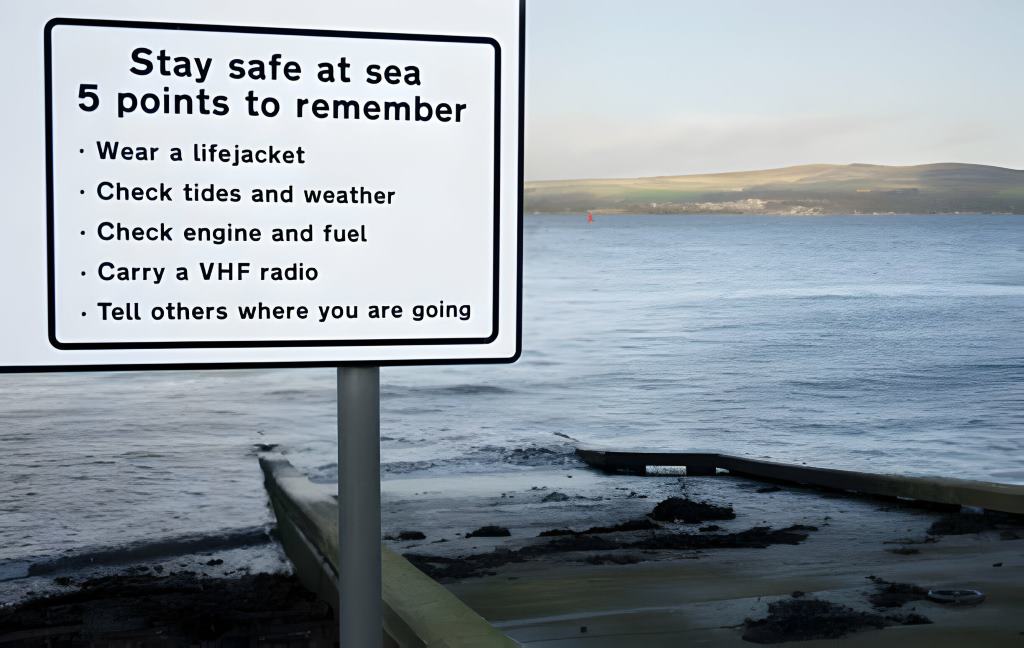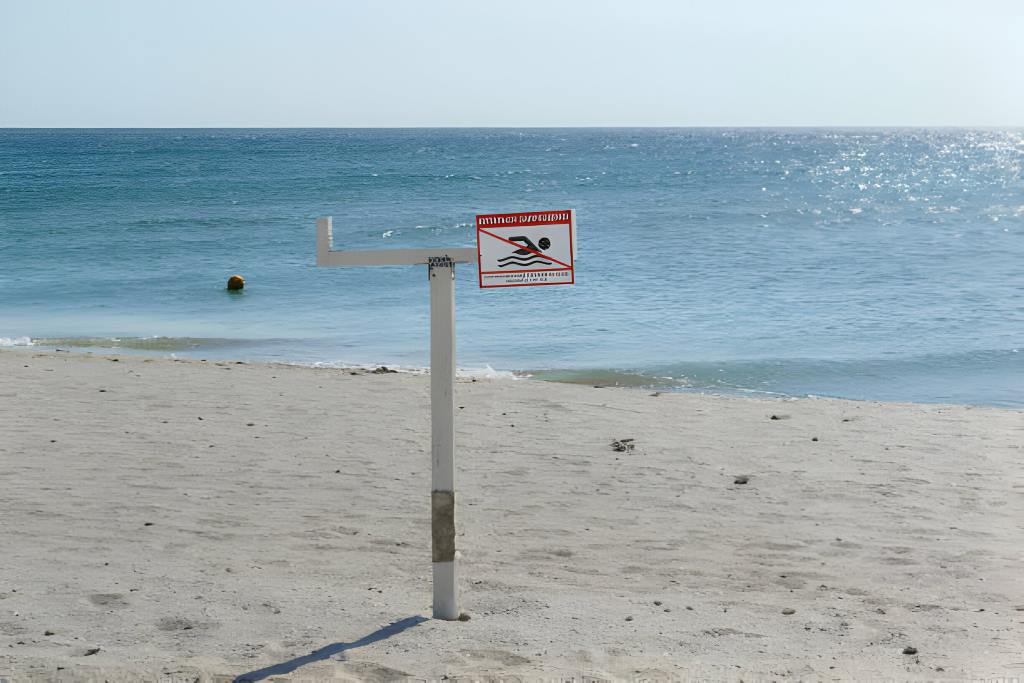Legal Protocols for Sustainable Marine Underwater Illumination
In recent years, the exploration of marine environments has expanded, driven by scientific research, tourism, and commercial interests.
One aspect of this exploration is the use of marine underwater lights or illumination to enhance visibility and aesthetics, as well as to support various marine activities. However, the increasing use of underwater lighting raises concerns about its potential environmental impacts.
To address these concerns, it is essential to establish legal protocols that ensure the sustainable use of underwater illumination in marine environments.
Understanding the Importance of Sustainable Marine Underwater Illumination
Sustainable marine underwater lights or illumination are vital for maintaining the balance of marine ecosystems. Proper lighting enhances visibility, supports the natural behaviors of marine organisms, and promotes ecosystem health.
However, excessive or poorly managed artificial lighting can disrupt these ecosystems, affecting marine life and biodiversity.
Thus, ensuring sustainable underwater illumination is crucial for preserving the delicate balance of marine environments.

Importance of Marine Ecosystems
- Marine ecosystems are vital for biodiversity and ecological balance. They support a wide range of marine species and provide various ecosystem services, including oxygen production, carbon sequestration, and nutrient cycling. However, these ecosystems are sensitive to disturbances, including changes in light levels.
Impact of Artificial Light
- Artificial light can disrupt natural light cycles in marine environments, affecting the behavior and physiology of marine organisms. For example, excessive lighting can disorientate marine animals, interfere with their feeding and breeding patterns, and disrupt their natural migration routes.
- Additionally, light pollution can alter the composition of marine communities and contribute to the decline of sensitive species.
Current Legal Framework for Marine Underwater Illumination
The current legal law practices framework for marine underwater lights consists of international conventions, national legislation, and regulatory measures.
International agreements such as UNCLOS and CBD establish guidelines for marine resource management and biodiversity conservation.
National legal foundation laws and regulations govern the use of artificial lighting in marine environments, aiming to minimize environmental impacts and protect sensitive marine ecosystems through restrictions and enforcement mechanisms.
International Conventions and Treaties
- Several international conventions and treaties address the protection of marine environments and biodiversity. For example, the United Nations Convention on the Law of the Sea (UNCLOS) establishes the legal framework for the conservation and sustainable use of marine resources, including marine biodiversity.
- Similarly, the Convention on Biological Diversity (CBD) aims to promote the conservation and sustainable use of biological diversity, including marine ecosystems.

National Legislation
- Many countries have enacted legislation to regulate the use of artificial light in marine environments. These regulations may include restrictions on the type, intensity, and duration of underwater illumination, as well as designated marine protected areas where lighting is strictly regulated or prohibited.
- Additionally, environmental impact assessments may be required for projects involving underwater lighting to assess their potential effects on marine ecosystems.
Challenges and Limitations
Challenges and limitations in regulating marine underwater lights or illumination include enforcement difficulties due to remote areas, and coordination among regulatory bodies. Technological advancements pose challenges as they may lead to unforeseen impacts.
Ensuring compliance and adapting regulations to evolving technologies and environmental conditions are crucial for the effective management of underwater lighting and mitigating its adverse effects on marine ecosystems.
Enforcement
- One of the major challenges in implementing legal protocols for sustainable marine underwater illumination is enforcement. Monitoring compliance with regulations and enforcing penalties for violations can be challenging, especially in remote or offshore areas.
- Moreover, coordination between different regulatory agencies and stakeholders is essential to ensure effective enforcement of legal protocols.
Technological Advancements
- Technological advancements in underwater lighting, such as the development of energy-efficient LED lighting and remote monitoring systems, pose both opportunities and challenges for sustainable marine illumination.
- While these technologies can help reduce energy consumption and minimize environmental impacts, they may also lead to new forms of light pollution if not properly regulated.
Best Practices and Solutions
Best practices for sustainable marine underwater illumination involve adaptive management approaches and public awareness campaigns.
Adaptive management includes monitoring, evaluating, and adjusting regulations based on scientific research and stakeholder feedback.
Public awareness campaigns educate stakeholders about the importance of marine conservation and the impacts of artificial light, fostering support for responsible lighting practices and regulatory measures to protect marine ecosystems.

Adaptive Management
- Adaptive management approaches, which involve monitoring, evaluating, and adjusting management actions based on scientific research and stakeholder feedback, can help address the uncertainties and complexities associated with sustainable marine underwater illumination.
- By adopting a flexible and iterative approach, policymakers can incorporate new information and adapt regulations to changing environmental conditions and technological developments.
Public Awareness and Education
- Raising public awareness about the importance of marine conservation and the impacts of artificial light on marine ecosystems is essential for fostering support for sustainable practices.
- Education campaigns and outreach programs can help engage stakeholders, including policymakers, industry representatives, and the general public, in discussions about the responsible use of underwater illumination and the need for regulatory measures.
Conclusion
Sustainable marine underwater illumination is essential for protecting marine ecosystems and preserving biodiversity. Legal foundation protocols play a crucial role in regulating the use of artificial light in marine environments and minimizing its environmental impacts.
By adopting a holistic approach that incorporates scientific research, stakeholder engagement, and adaptive management principles, policymakers can develop effective legal frameworks that promote the sustainable use of underwater illumination while safeguarding marine ecosystems for future generations.



